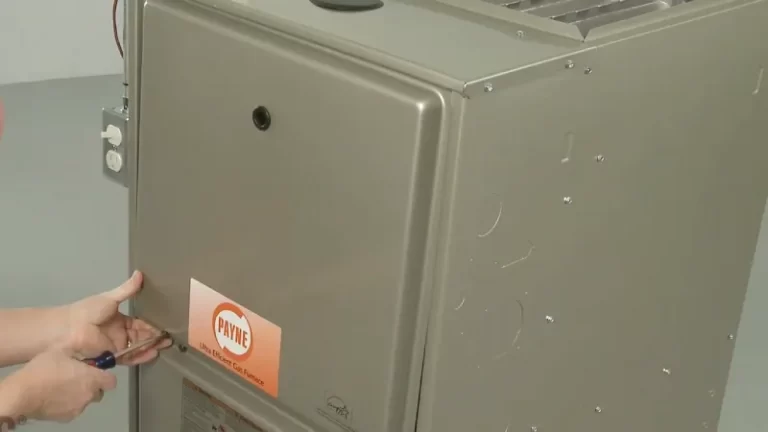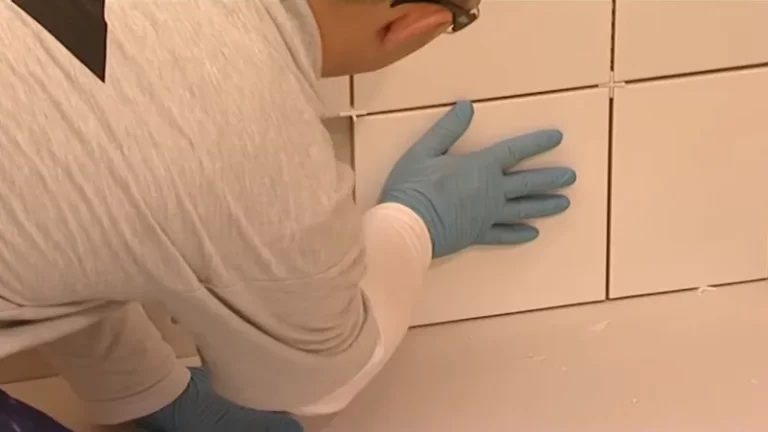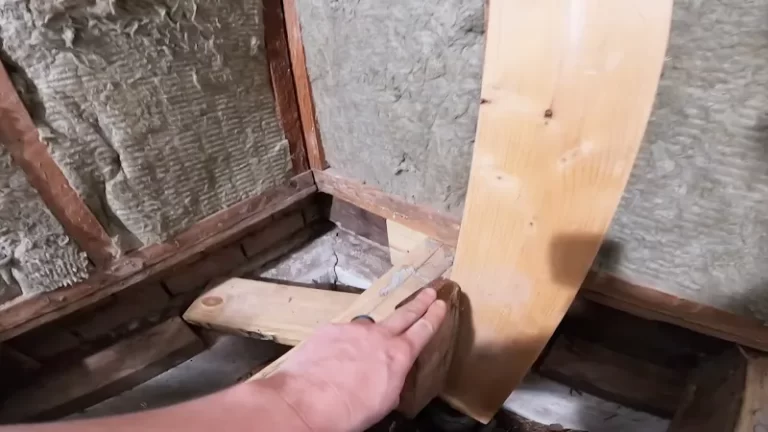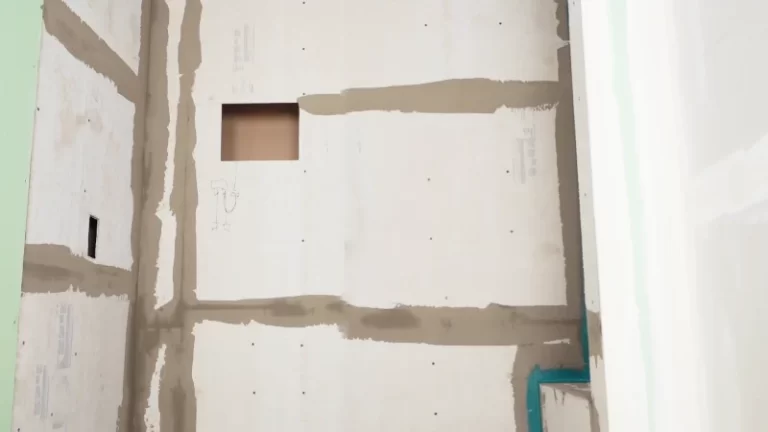Metal Vs Vinyl Starter Strip – Which One is Better?
Starter strips play a crucial role in the installation of vinyl siding as they provide a secure and stable base for the first course of siding panels. Choosing the right starter strip is essential as it sets the foundation for the entire siding project and can greatly impact its overall appearance and durability.
With the market offering both metal and vinyl options, it can be difficult to determine which one is best suited for your needs. This blog aims to provide a comparison between metal and vinyl starter strips, highlighting their pros and cons, to help you make an informed decision when choosing the right starter strip for your vinyl siding installation.
You'll Learn About
Metal Starter Strips
Metal starter strips are a crucial component in the installation of vinyl siding. They provide support and stability to the first course of siding panels, ensuring that they are properly aligned and secure. This guide will explore the advantages and disadvantages of using metal starter strips in your vinyl siding installation.
Advantages of Metal Starter Strips
Durability
Metal starter strips are incredibly durable and long-lasting. They are made from high-quality materials that are designed to withstand harsh weather conditions and resist damage from impact. This makes them an excellent choice for areas that are prone to storms, high winds, and other extreme weather conditions.
Cost-effectiveness
Metal starter strips are typically less expensive than their vinyl counterparts, making them a cost-effective option for those on a tight budget. This is especially true when considering the long-term savings that come with the durability and longevity of metal starter strips.
Fire Resistance
Metal starter strips are highly fire-resistant, making them an excellent choice for homes in areas with a high risk of wildfires. They provide an added layer of protection to the siding and help to reduce the spread of fire in the event of an emergency.
Disadvantages of Metal Starter Strips
Difficulty in Installation
Metal starter strips can be more difficult to install than vinyl starter strips, particularly for those without experience working with metal materials. They may require specialized tools and equipment, making the installation process more complex and time-consuming.
Incompatibility With Vinyl Siding
Metal starter strips may not be compatible with certain types of vinyl siding, particularly those that have a softer or more flexible composition. This can result in cracking or damage to the siding over time, which can be costly to repair.
Requires Specialized Tools
Installing metal starter strips requires specialized tools and equipment, which may not be readily available to everyone. This can make the process more challenging and time-consuming, especially for those without access to these tools.
Metal starter strips offer several advantages, including durability, cost-effectiveness, and fire resistance. However, they also come with some disadvantages, such as difficulty in installation, incompatibility with vinyl siding, and the need for specialized tools. It’s important to carefully consider these factors before making a decision on which type of starter strip to use for your vinyl siding installation.

Vinyl Starter Strips
Advantages of Vinyl Starter Strips
Easy Installation
One of the biggest advantages of using vinyl starter strips is their ease of installation. Unlike metal starter strips, which require specialized tools and more advanced installation techniques, vinyl starter strips can be installed quickly and easily. This makes them a popular choice for DIY homeowners who are looking to save money on the cost of installation.
Compatibility with Vinyl Siding
Another advantage of vinyl starter strips is their compatibility with vinyl siding. Unlike metal strips, which can be difficult to match with the color and style of vinyl siding, vinyl starter strips are made from the same material as the siding itself, ensuring a seamless and cohesive look for your home.
Reduced Cost of Installation
In addition to being easy to install, vinyl starter strips also tend to be less expensive than metal strips, making them a cost-effective option for many homeowners. This can be especially beneficial for those who are working with a limited budget for their home improvement project.
Disadvantages of Vinyl Starter Strips
Lower Durability Compared to Metal
One of the main disadvantages of vinyl starter strips is their lower durability compared to metal. While vinyl is more resistant to weather damage than metal, it is still vulnerable to extreme weather conditions, such as high winds and heavy rain. This can result in the need for more frequent repairs and replacements, which can be expensive over time.
Vulnerability to Weather Damage
Another disadvantage of vinyl starter strips is their vulnerability to weather damage. Over time, exposure to the elements can cause the material to crack, fade, or warp, which can result in a less attractive appearance for your home. In addition, vinyl can also become brittle in colder temperatures, which can make it more prone to breakage.
Limited Design Options
Finally, vinyl starter strips also tend to have limited design options compared to metal strips. While metal strips come in a variety of styles and finishes, vinyl strips are limited in their design options, which can make it difficult to find the right look for your home. This can be especially problematic for homeowners who are looking to match their vinyl starter strips to the style of their home.
while vinyl starter strips offer a number of advantages, such as easy installation and compatibility with vinyl siding, they also have several disadvantages, including lower durability, vulnerability to weather damage, and limited design options. As with any home improvement project, it is important to carefully consider all of the available options before making a decision on which type of starter strip to use.
Factors to Consider When Choosing Between Metal and Vinyl Starter Strips
When installing vinyl siding, choosing the right starter strip is an important factor in ensuring a successful installation. There are two main options available: metal and vinyl starter strips. In this section, we’ll discuss some of the key factors to consider when deciding between the two.
Cost
Cost is one of the biggest factors that homeowners consider when choosing between metal and vinyl starter strips. In general, metal starter strips tend to be more expensive than vinyl starter strips. However, the cost difference can vary depending on the size of the project and the type of metal used.
On the other hand, vinyl starter strips are often more affordable, making them a good choice for homeowners on a tight budget.
Ease of Installation
Another factor to consider is the ease of installation. Metal starter strips can be more challenging to install, particularly for those without prior experience. They may require specialized tools and the use of power equipment, making the process more time-consuming and potentially requiring professional help.
On the other hand, vinyl starter strips are much easier to install, making them a good choice for DIY projects. They are also more flexible, allowing for greater versatility during the installation process.
Durability
Durability is an important factor to consider when choosing between metal and vinyl starter strips. Metal starter strips are more durable and long-lasting than vinyl starter strips. Metal is more resistant to fire and harsh weather conditions, ensuring that it will last for many years.
On the other hand, vinyl starter strips are more vulnerable to weather damage, such as cracking and fading, reducing their overall durability.
Compatibility With Siding Material
Finally, compatibility with the siding material is another important factor to consider. Metal starter strips are not always compatible with vinyl siding, which may result in visible seams or a mismatch in color. On the other hand, vinyl starter strips are specifically designed for use with vinyl siding, ensuring a seamless and cohesive look.
when choosing between metal and vinyl starter strips, consider factors such as cost, ease of installation, durability, and compatibility with siding material. The right choice will depend on your specific needs, budget, and level of experience. Whether you choose metal or vinyl, be sure to choose a high-quality starter strip to ensure a successful and long-lasting installation.
Comparison of Metal and Vinyl Starter Strips: Key Features and Benefits
| Feature | Metal Starter Strip | Vinyl Starter Strip |
|---|---|---|
| Cost | More expensive than vinyl, but less prone to wear and tear | Less expensive than metal, but may require more frequent replacement due to weather damage |
| Ease of installation | Difficult to install and requires specialized tools | Easy to install and can be done by most DIYers |
| Durability | Extremely durable and resistant to wear and tear | Less durable than metal and may require frequent replacement due to weather damage |
| Compatibility with siding material | Not compatible with vinyl siding | Compatible with vinyl siding |
| Design options | Limited design options available | More design options available |
| Fire resistance | Fire-resistant | Not fire-resistant |
This table provides a quick comparison of the key features and benefits of metal and vinyl starter strips, helping homeowners make an informed decision about which option to choose for their siding installation. Both metal and vinyl have their advantages and disadvantages, so it is important to consider factors such as cost, ease of installation, durability, and compatibility with the siding material when making a decision.
How to Fix Attic Ladder Arm Bent?
Frequently Asked Questions
Q1: What is the purpose of a starter strip in siding installation?
A1: A starter strip is a crucial component in the installation of vinyl siding. It serves as the foundation and starting point for the siding panels. The starter strip is attached to the wall, creating a straight line and providing a secure base for the first row of siding panels.
This ensures that the siding panels are properly aligned and leveled, preventing gaps, bulges, and other issues that can affect the overall appearance and performance of the siding system.
Q2: What are the differences between metal and vinyl starter strips?
A2: The main differences between metal and vinyl starter strips are related to cost, durability, ease of installation, and compatibility with the siding material. Metal starter strips are generally more durable and fire-resistant than vinyl starter strips, but they can be more expensive and may require specialized tools for installation. On the other hand, vinyl starter strips are less expensive, easier to install, and compatible with vinyl siding, but they may not be as durable as metal starter strips and may be more vulnerable to weather damage.
Q3: What are the advantages of using a metal starter strip for siding installation?
A3: The advantages of using a metal starter strip for siding installation include durability, cost-effectiveness, and fire resistance. Metal starter strips are made from high-quality materials, such as aluminum or galvanized steel, that are designed to withstand the elements and provide long-lasting protection.
They are also more cost-effective in the long run, as they may not need to be replaced as frequently as vinyl starter strips. Additionally, metal starter strips are fire-resistant, providing an extra layer of protection in case of a fire.
Q4: What are the disadvantages of using a metal starter strip for siding installation?
A4: The disadvantages of using a metal starter strip for siding installation include difficulty in installation, incompatibility with vinyl siding, and the need for specialized tools. Metal starter strips may be more difficult to install than vinyl starter strips, as they may require specialized tools and a higher level of expertise. Additionally, metal starter strips may not be compatible with vinyl siding, as they may not adhere well to the material or may cause damage to the siding panels.
Q5: What are the advantages of using a vinyl starter strip for siding installation?
A5: The advantages of using a vinyl starter strip for siding installation include ease of installation, compatibility with vinyl siding, and reduced cost of installation. Vinyl starter strips are designed to be easily installed, as they can be cut to size and attached to the wall using simple tools and techniques.
Additionally, they are compatible with vinyl siding, ensuring that the siding panels fit together properly and are protected from weather damage. Finally, the reduced cost of installation makes vinyl starter strips an attractive option for those looking to save money on their siding installation project.
Conclusion
The choice between metal and vinyl starter strips ultimately depends on a variety of factors such as cost, ease of installation, durability, and compatibility with the siding material. While metal starter strips offer more durability and fire resistance, they may be more difficult to install and require specialized tools.
On the other hand, vinyl starter strips are easier to install and compatible with vinyl siding, but they may be more susceptible to weather damage and have limited design options. It’s important to weigh the advantages and disadvantages of both types of starter strips and consider your specific needs and preferences before making a decision.
Ultimately, the goal is to choose a starter strip that will provide a secure and long-lasting foundation for your siding installation.






